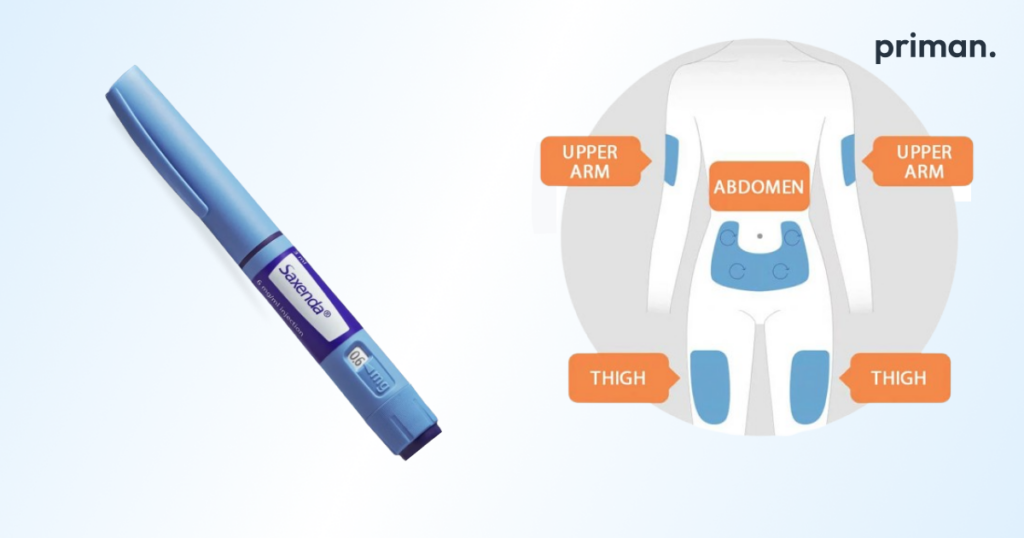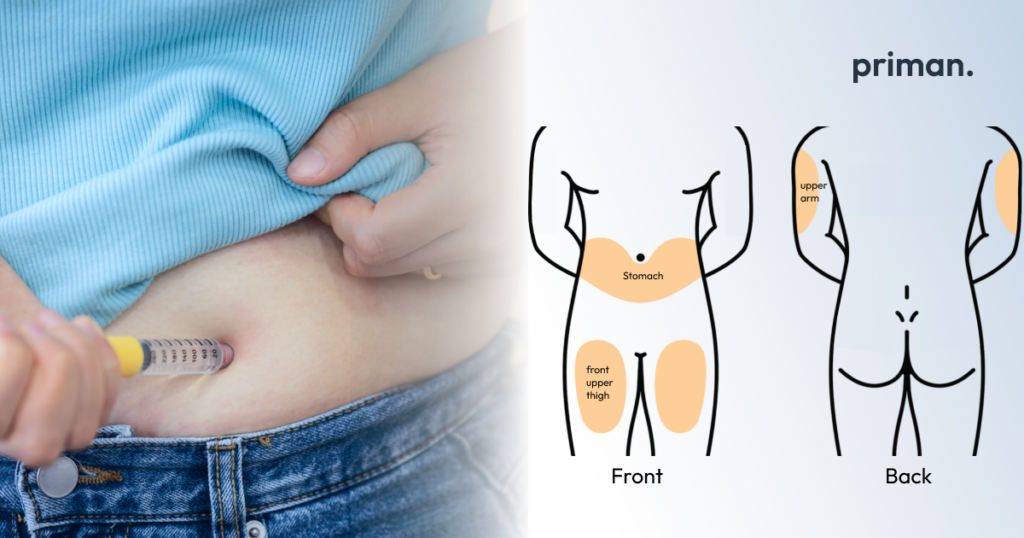When most people embark on a weight loss journey, their primary focus is often on shedding pounds. However, what often gets overlooked is the vital role muscle plays in achieving and maintaining a healthy weight. Building and preserving muscle isn’t just for bodybuilders; it’s a cornerstone of sustainable weight loss and overall well-being.
The Muscle-Metabolism Connection
Muscle is a metabolically active tissue, meaning it burns calories even at rest. This is why people with higher muscle mass tend to have a higher resting metabolic rate (RMR). Facts have shown that for every pound of muscle you gain, you can burn an additional 6-10 calories per day. This may not seem like much, but over time, it adds up significantly.
Clinical Evidence Supporting Muscle’s Role in Weight Loss
- Increased Resting Metabolic Rate (RMR): A research found that participants who increased their muscle mass through resistance training experienced a significant boost in their RMR, meaning they burned more calories throughout the day.
- Enhanced Fat Oxidation: A study published in 2022 revealed that individuals with higher muscle mass burn more fat during exercise than those with lower muscle mass.
- Improved Insulin Sensitivity: Muscle plays a crucial role in regulating blood sugar levels. The Journal of Clinical Endocrinology Metabolism has shown that increasing muscle mass improves insulin sensitivity, which can help prevent weight gain and reduce the risk of diabetes.
How Muscle Helps You Lose Weight (and Keep it Off)
- Boosting Metabolism: More muscle means a higher metabolism, which translates to burning more calories both during exercise and at rest.
- Enhancing Fat Burning: Muscle tissue burns more calories than fat tissue, even when you’re not actively working out.
- Appetite Regulation: Building muscle can help regulate appetite hormones, reducing cravings and making it easier to stick to a healthy eating plan.
- Body Composition Changes: Increasing muscle mass while losing fat leads to a more toned and sculpted physique.
Practical Tips to Build and Maintain Muscle for Weight Loss
- Resistance Training: Engage in regular strength training exercises that target all major muscle groups (legs, back, chest, shoulders, arms). Aim for 2-3 sessions per week.
- Protein Intake: Ensure adequate protein intake to support muscle growth and repair. Include protein sources like lean meats, fish, eggs, dairy, legumes, and tofu in your diet.
- Calorie Balance: While building muscle, slightly increase your calorie intake to fuel muscle growth. However, avoid excessive calorie surpluses, as this can lead to fat gain.
- Consistency: Muscle building takes time and dedication. Be patient and consistent with your workouts and nutrition.
Key Takeaways
Muscle isn’t just for bodybuilders; it’s a vital component of a healthy body. By focusing on building and maintaining muscle mass, you can supercharge your metabolism, improve body composition, and reduce the risk of chronic diseases. Remember, it’s not just about the number on the scale; it’s about how you feel and function.
Let’s make healthy weight loss a reality by embracing the power of muscle!
References
Cao, J. et al. (2022) “Changes in fat oxidation and body composition after combined exercise intervention in sedentary obese Chinese adults,” Journal of clinical medicine, 11(4), p. 1086. doi: 10.3390/jcm11041086.
Fell, J. S. and Special to the (2011) “The myth of ripped muscles and calorie burns,” The Los Angeles times, 16 May. Available at: https://www.latimes.com/health/la-xpm-2011-may-16-la-he-fitness-muscle-myth-20110516-story.html
Mayer, B. A. (2023) Here’s how much protein you need in a day to build muscle, Healthline Media. Available at: https://www.healthline.com/health-news/how-much-protein-per-day-build-muscle
Resistance training – health benefits (2022) Gov.au. Available at: https://www.betterhealth.vic.gov.au/health/healthyliving/resistance-training-health-benefits
S Nielsen , DD Hensrud , S Romanski , JA Levine , B Burguera and MD Jensen (2000) Body composition and resting energy expenditure in humans: Role of fat, fat-free mass and extracellular fluid, Researchgate.net. Available at: https://www.researchgate.net/publication/12290378_Body_composition_and_resting_energy_expenditure_in_humans_Role_of_fat_fat-free_mass_and_extracellular_fluid
Srikanthan, P. and Karlamangla, A. S. (2011) “Relative muscle mass is inversely associated with insulin resistance and prediabetes. Findings from the third national health and nutrition examination survey,” The journal of clinical endocrinology and metabolism, 96(9), pp. 2898–2903. doi: 10.1210/jc.2011-0435.









